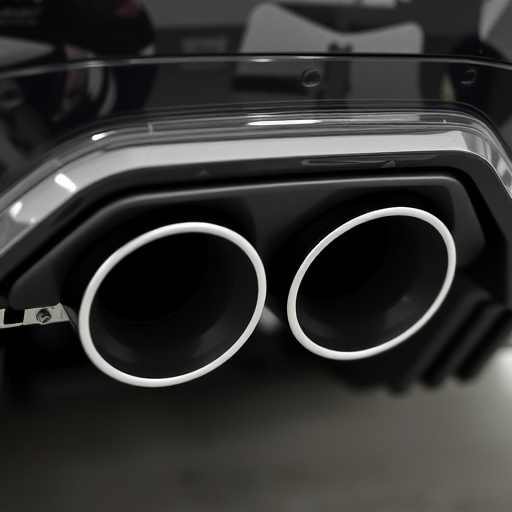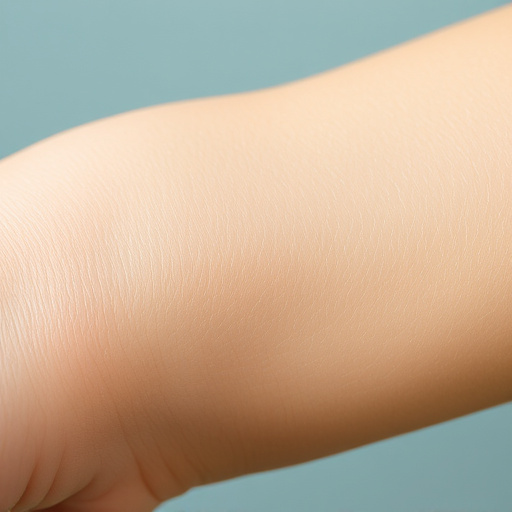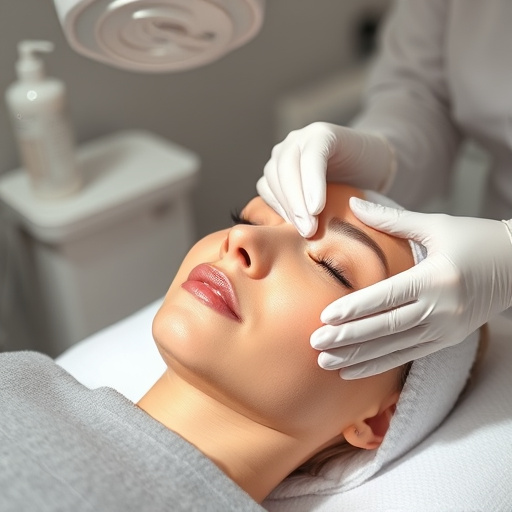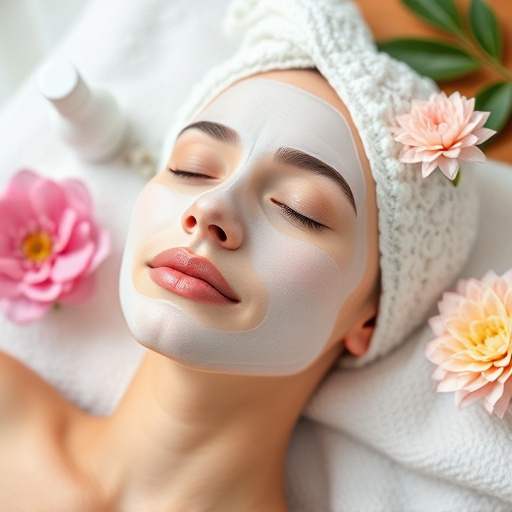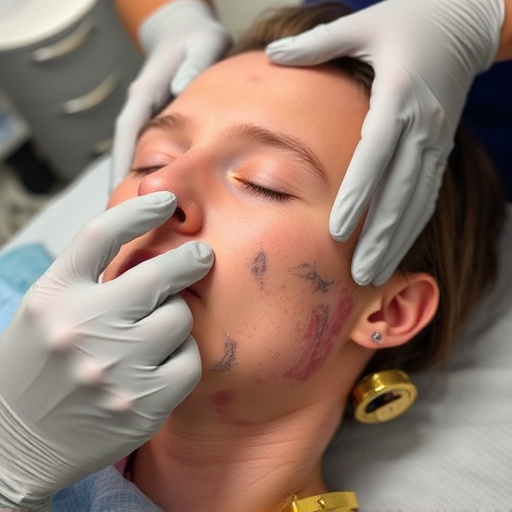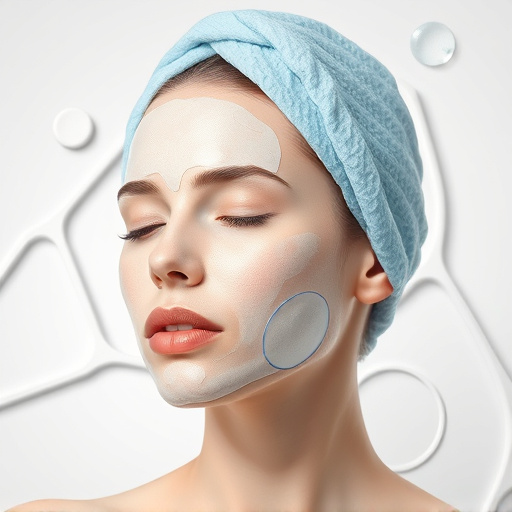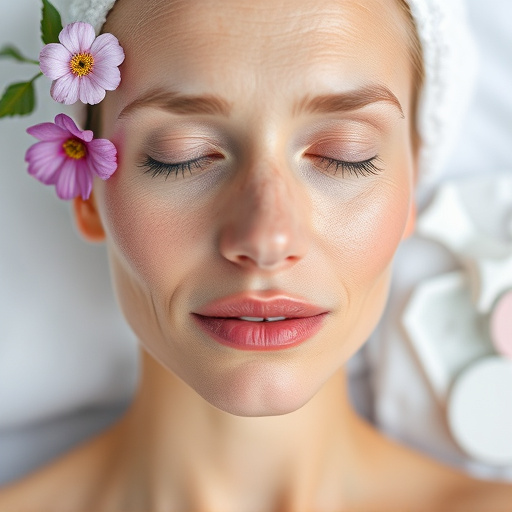Understanding your skin's sensitivity is crucial for effective hair removal. Pre-existing conditions like eczema or rosacea can impact treatment outcomes, with sun exposure and skincare products also increasing susceptibility to irritation. Professional treatments can prepare the skin, improving receptiveness and reducing side effects. Avoid harsh chemicals and opt for calming agents to nourish and soothe the skin for a successful hair removal experience.
Before any effective hair removal procedure, it’s crucial to understand what to avoid to ensure optimal results and minimize skin irritation. This guide explores key factors to consider, focusing on understanding skin sensitivity, avoiding harmful ingredients, protecting from sunlight exposure, and steering clear of extreme methods like shaving or improper waxing. By following these tips, you’ll enhance the effectiveness of your chosen hair removal technique while keeping your skin healthy and safe.
- Understanding Skin Sensitivity and Irritation
- – The impact of pre-existing skin conditions
- – Common ingredients to steer clear of
Understanding Skin Sensitivity and Irritation

Understanding your skin’s sensitivity is a crucial step before any effective hair removal procedure. Skin irritation can range from mild redness and itching to more severe reactions like rashes or blisters, especially for those with sensitive skin. Certain factors, such as existing skin conditions (like eczema or rosacea), recent sun exposure, or the use of certain skincare products, can make your skin more susceptible to irritation.
Before opting for any hair removal method—be it waxing, shaving, laser treatments, or non-surgical procedures like microdermabrasion—it’s essential to assess your skin’s tolerance and reaction history. Even seemingly gentle methods like threading or sugar waxing can cause discomfort or redness in some individuals. Additionally, anti-aging treatments or wrinkle reduction techniques should be considered with caution, as they might interact with specific hair removal processes, potentially leading to enhanced sensitivity or delayed healing.
– The impact of pre-existing skin conditions

Before undergoing any hair removal procedure, it’s crucial to consider the impact of pre-existing skin conditions. Conditions such as eczema, rosacea, and acne can significantly affect the effectiveness and safety of these treatments. Individuals with sensitive or compromised skin may experience adverse reactions, leading to irritation, redness, and even infection. For instance, waxing or shaving over active acne lesions can exacerbate the condition and cause further inflammation.
Professional skincare plays a vital role in preparing your skin for hair removal. Hydrating facials and other specialized treatments can help restore and maintain skin health, making it more receptive to the process. By addressing pre-existing conditions and ensuring optimal skin health, you enhance the chances of achieving long-lasting, effective hair removal results without adverse side effects.
– Common ingredients to steer clear of

When considering any effective hair removal procedure, it’s crucial to avoid certain ingredients that can lead to skin irritation or damage. Common culprits include harsh chemicals like parabens and sulfates, which can strip your skin of its natural oils, leaving it dry and vulnerable. Additionally, stay clear of products containing alcohol as it can cause redness, itching, and even peeling.
Focusing on skin health is paramount before any treatment. Ingredients that promote inflammation or allergic reactions should be avoided to ensure a smooth experience. Remember, the goal is not just effective hair removal but also skin rejuvenation. Opt for products with calming agents like aloe vera, shea butter, or green tea extract to nourish and soothe your skin, setting the stage for a successful procedure.
When preparing for any effective hair removal procedure, it’s crucial to understand and avoid potential irritants. By steering clear of common ingredients and considering your skin’s sensitivity, you can ensure a smoother, more comfortable experience. Remember, taking care of your skin before and after the process is key to achieving long-lasting results without discomfort or adverse reactions.



